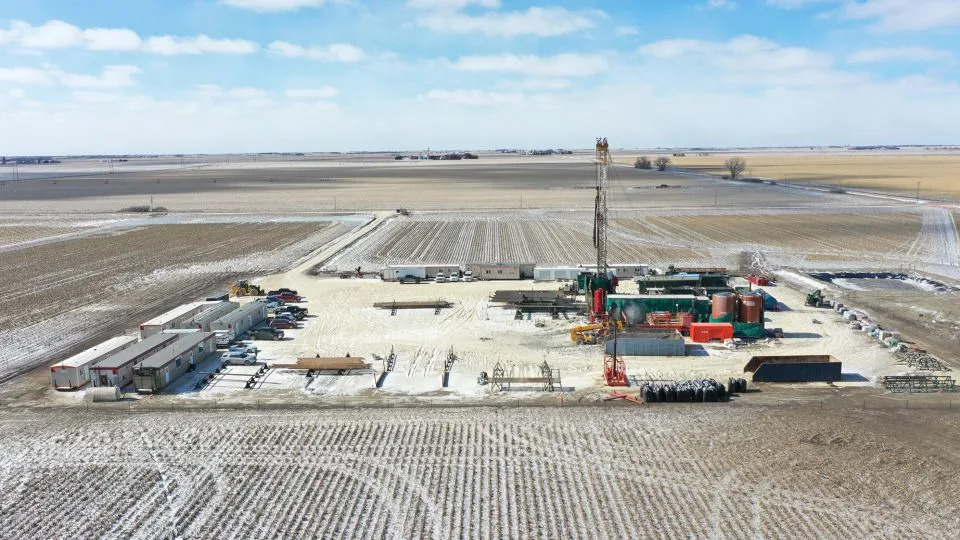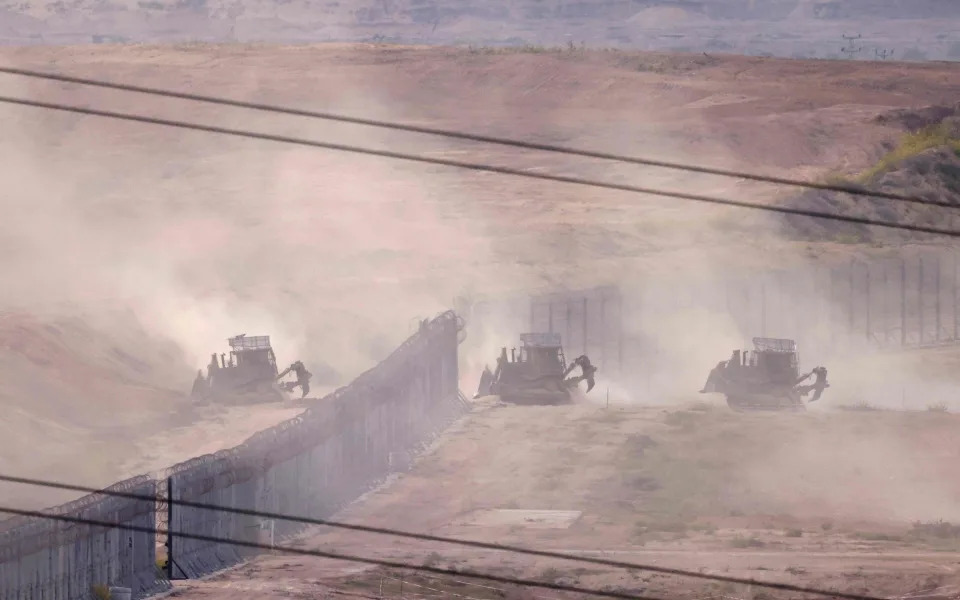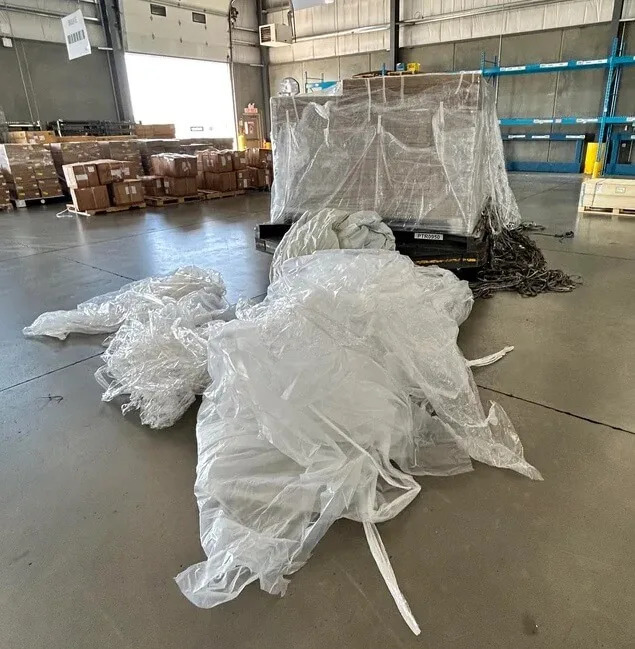Deseret News
Idaho is the most ‘overvalued’ housing market in the U.S., says Moody’s Analytics. Here’s where Utah ranks
Katie McKellar – October 30, 2023

Even though the housing market is in the midst of a correction thanks to the rapid rise of mortgage rates that began in mid-2022, U.S. home prices are still overvalued — and some local markets are more overvalued than others.
That’s according to a new analysis from Moody’s Analytics, which estimates national median home prices are about 15.7% over their fundamental value. The firm’s economist Matthew Walsh predicts they’ll decline another 4% to 4.5% in coming months, Insider recently reported.
Based on Moody’s model — which accounts for variables such as construction costs, household formation rates and where home prices currently stand compared to median incomes — Insider ranked all 50 states, plus Washington, D.C., from least overvalued to most. One state in the West sank to the very bottom.
Idaho ranked 51st as the most “overvalued” local housing market as of the second quarter of 2023, with a median home price estimated by Redfin of $467,000, Insider reported.
Moody’s model estimates Idaho’s home prices exceed their fundamental value by 41.87%, according to Insider. Higher than 10% is considered overvalued and those more than 20% higher are considered extremely overvalued.
“If you look at Idaho over the past three years, you’ve had this extreme run up in home prices since the pandemic began,” Walsh recently told the Daily Mail. “So if you look at that relative to the demographic drivers — the household formation and the income growth there — that run up has been so much more extreme which is why we see the inflated valuation of houses there.”
Related
It’s not the first time Idaho has made headlines for its home prices, which boiled over as low interest rates during the COVID-19 pandemic sent the West’s housing market into a frenzy. Housing markets in the West were also among the first to see the most dramatic price declines as interest rates skyrocketed amid the Federal Reserve’s battle with inflation.
Last year, when mortgage rates began rising from 3% to over 6%, Moody’s estimated Boise’s market was overvalued by an estimated 76.9%, Fortune reported. At the time, Moody’s estimated there were over 210 housing markets across the nation that were “significantly overvalued,” or overvalued by more than 25%.
Boise was also among the first to post a year-over-year home value decline in Zillow’s Home Value Index, down 1.2% in August 2022. More recently, Boise was down over 7% year over year, according to Zillow data through Sept. 30.
That suggests home prices in Boise may have further to fall, especially with mortgage rates today that hover well over 7%, some days exceeding 8%, according to Bankrate.com.
In a May commentary, Walsh wrote most U.S. metro areas continued to be overvalued even as prices ticked down amid the housing market correction. However, the number of fairly valued metro areas also continued to climb as prices “fall back toward their equilibrium value in many markets.”
Related
“Despite the improvement, overvaluation remains more widespread than during the height of the 2000s housing bubble. Today there are more than 300 metro areas that are overvalued or extremely overvalued compared with 260 during the final quarter of 2006,” Walsh wrote.
In that commentary, Walsh also pointed to Boise as topping the list as the most overvalued. At the time, prices exceeded their estimated fundamental value by more than 54%. Walsh noted that was a “sharp reduction” from the prior quarter when Boise was overvalued by more than 63%.
In February, Moody’s Analytics projected home prices would continue to fall 5% to 10% from their 2022 peaks by the beginning of 2025, and predicted the most “highly overvalued” metro areas — such as Boise, Phoenix, Austin and Nashville — would see the largest declines.
However, that same Moody’s analysis also noted these price corrections are “not a crash.”
“House prices will not crater like they did during the Great Recession,” the February analysis said, predicting home prices will fall back to late 2021 levels in early 2024. “Only this year’s gains will be wiped out by declines. For perspective: in 2025, when the next low is reached, we expect prices nearly 30% higher than they were at the beginning of 2020.”
Where does Utah rank?
In the Insider list based on Moody’s model, Utah ranked No. 40 — 11 spots below Idaho in terms of overvaluation. Moody’s estimated Utah’s home prices exceed their fundamental value by 26.31%, Insider reported.
Utah, like Idaho, was also hit hard by the pandemic housing rush and saw some of the biggest home price declines as interest rates rose.
Related
In August, after six straight months of growth, home prices in most of Utah’s Wasatch Front counties tipped down. In Salt Lake County, the median price of all home types fell to $520,000 that month, a nearly 10% drop from a year ago and nearly 2% down from July, according to the Salt Lake Board of Realtors. With rates rising and demand set to fade even more heading into winter, Utah could see even more price declines in coming months.
To put those declines in perspective, however, Utah’s home prices surged by 72% over the past five years, according to the Federal Housing Finance Agency. In the two-year period from 2020 to 2022 alone, the median sales price of a home in Utah rose almost 50%, up from $336,300 in February 2020 to $500,000 the same month in 2022, according to estimates from the University of Utah’s Kem C. Gardner Policy Institute.
Utah’s housing experts have predicted Utah would be impacted somewhat by the national housing market correction — but they also expect Utah’s home prices to remain stubbornly high, largely thanks to the state’s years long housing shortage that they say is poised to worsen as home building contracts. In a recent report from the Kem C. Gardner Policy Institute, housing researchers predict Utah’s housing shortage will likely increase to over 37,000 units by 2024.














